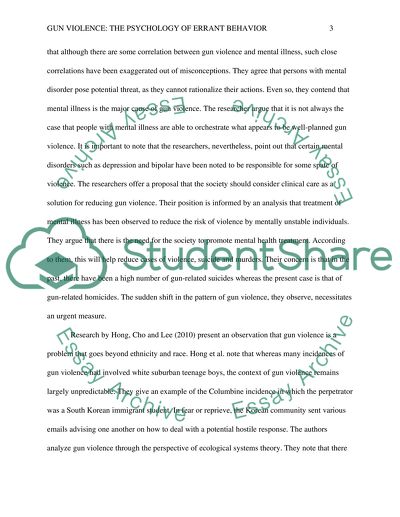Cite this document
(“Current Social Problem EX. Homelessness Research Paper”, n.d.)
Retrieved from https://studentshare.org/miscellaneous/1624521-current-social-problem-ex-homelessness
Retrieved from https://studentshare.org/miscellaneous/1624521-current-social-problem-ex-homelessness
(Current Social Problem EX. Homelessness Research Paper)
https://studentshare.org/miscellaneous/1624521-current-social-problem-ex-homelessness.
https://studentshare.org/miscellaneous/1624521-current-social-problem-ex-homelessness.
“Current Social Problem EX. Homelessness Research Paper”, n.d. https://studentshare.org/miscellaneous/1624521-current-social-problem-ex-homelessness.


